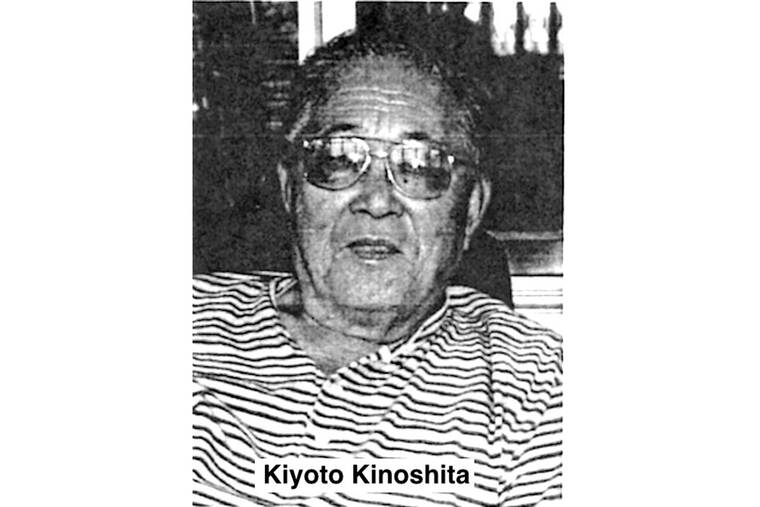ISLAND HISTORY: Kiyoto Kinoshita – Grove Farm carpenter from Huleia Valley, Kaua‘i
Nowadays, Huleia Valley is a peaceful place with only four residences.
It’s a place where it seems one can sense a feeling of old Hawai‘i.
But, when Kiyoto Kinoshita (1919-2018) was growing up in the valley, it was busy with the activity of many people residing and farming.
His parents, Suekichi and Eino Kinoshita, farmed rice in Huleia Valley on land leased from Grove Farm, where his father was employed digging tunnels.
Other Huleia rice farmers included the Tamuras, Haitsukas, Kashimas and Takamatsus, and a few Chinese farmers like the Ahanas, who owned the rice mill, and a number of Hawaiian families raised taro in the valley.
The Kinoshitas practically lived on rice and fish, and when they shopped at Yoneji Store in Lihu‘e, they exchanged rice for food.
Kiyoto Kinoshita walked far from home to attend Huleia School in Kipu, which once stood on the dirt road beginning just to the left of the William Hyde Rice Monument at the end of Kipu Road.
When he came home from school, his mother was often fishing on the river, so he would take her place and she would go home to cook supper.
Following his graduation from Huleia School at age 15 in 1934, he went to work for Grove Farm.
His first job was hoeing.
Then he was promoted to irrigation, and then planting, painting and finally carpenter.
He learned carpentry while working under mostly Japanese old-timers.
The boss was Matsumura from Halehaka Camp, which was once located on Halehaka Road, a short distance downhill from the old Japanese graveyard.
His fellow carpenters were Satoshi Shinmura, Augustin, Chika Mori, Tango and others.
Then in 1941, he moved to Halehaka Camp.
“In my 45 years at Grove Farm, I worked under managers Broadbent, Alexander, Moragne, Van Dreser and David Pratt. The best manager was Moragne,” Kinoshita said.
(Notably, it was William Moragne who led a Grove Farm construction team that built the Haupu Range Tunnel in 1949.)
Kyoto Kinoshita retired from Grove Farm in 1981.
He and his wife, Eunice, had seven children.

